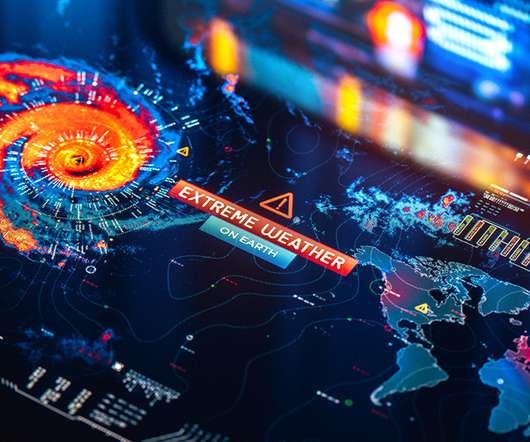Hazardous Conditions: Mitigation Planning and Pandemics
National Center for Disaster Prepardness
MAY 12, 2021
Thus, identifying and planning for the risks of potential disasters, such as a pandemic, is the first step to ensuring that communities and regions are prepared for them. In particular, COVID-19 has had disproportionate effects on low-income communities of color and front-line workers.












Let's personalize your content